Ghazal Mazaheri
Detection and Localization of Facial Expression Manipulations
Mar 15, 2021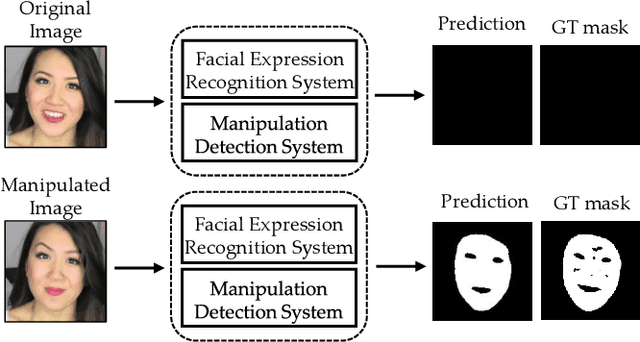
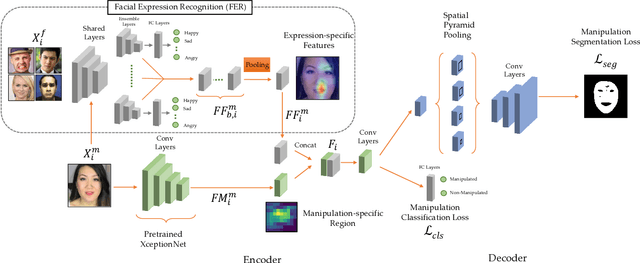
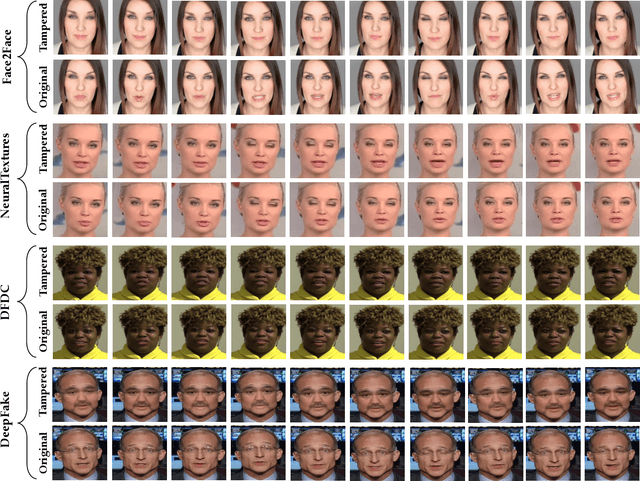
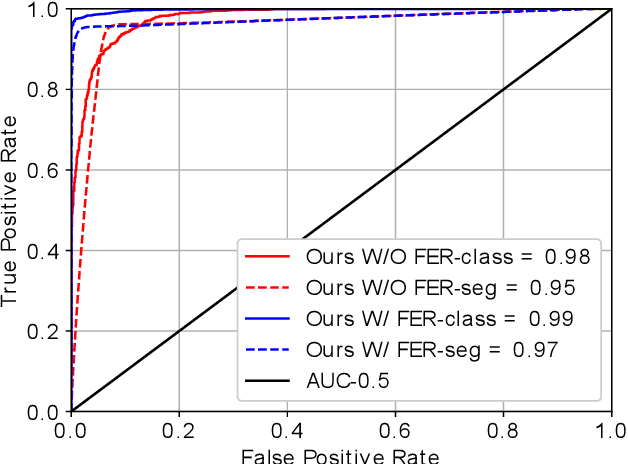
Abstract:Concern regarding the wide-spread use of fraudulent images/videos in social media necessitates precise detection of such fraud. The importance of facial expressions in communication is widely known, and adversarial attacks often focus on manipulating the expression related features. Thus, it is important to develop methods that can detect manipulations in facial expressions, and localize the manipulated regions. To address this problem, we propose a framework that is able to detect manipulations in facial expression using a close combination of facial expression recognition and image manipulation methods. With the addition of feature maps extracted from the facial expression recognition framework, our manipulation detector is able to localize the manipulated region. We show that, on the Face2Face dataset, where there is abundant expression manipulation, our method achieves over 3% higher accuracy for both classification and localization of manipulations compared to state-of-the-art methods. In addition, results on the NeuralTextures dataset where the facial expressions corresponding to the mouth regions have been modified, show 2% higher accuracy in both classification and localization of manipulation. We demonstrate that the method performs at-par with the state-of-the-art methods in cases where the expression is not manipulated, but rather the identity is changed, thus ensuring generalizability of the approach.
Learning to identify image manipulations in scientific publications
Feb 03, 2021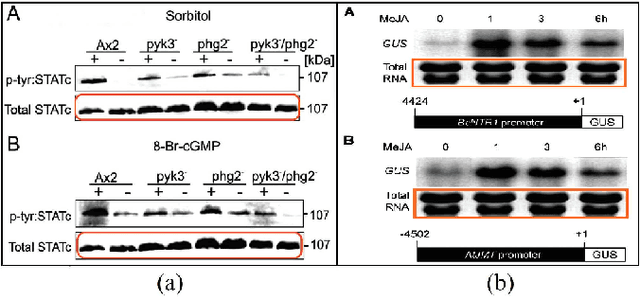
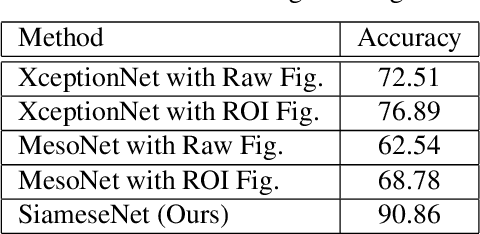


Abstract:Adherence to scientific community standards ensures objectivity, clarity, reproducibility, and helps prevent bias, fabrication, falsification, and plagiarism. To help scientific integrity officers and journal/publisher reviewers monitor if researchers stick with these standards, it is important to have a solid procedure to detect duplication as one of the most frequent types of manipulation in scientific papers. Images in scientific papers are used to support the experimental description and the discussion of the findings. Therefore, in this work we focus on detecting the duplications in images as one of the most important parts of a scientific paper. We propose a framework that combines image processing and deep learning methods to classify images in the articles as duplicated or unduplicated ones. We show that our method leads to a 90% accuracy rate of detecting duplicated images, a ~ 13% improvement in detection accuracy in comparison to other manipulation detection methods. We also show how effective the pre-processing steps are by comparing our method to other state-of-art manipulation detectors which lack these steps.
 Add to Chrome
Add to Chrome Add to Firefox
Add to Firefox Add to Edge
Add to Edge